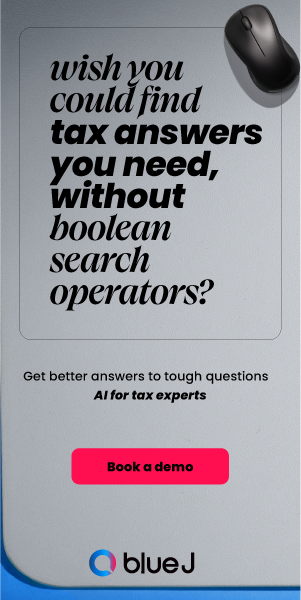Valuing your workforce: Why the accounting profession should focus on intangibles, not operating costs

Nick A. Shepherd on assessing the value of a workforce in an asset-light economy
 |
Nick A. Shepherd, FCPA, FCGA, FCCA, FCMC is a member, and past Chair of the Canadian TC 260 mirror committee and a member of WG2 on HR metrics. |
A GREAT DEAL of accounting effort is currently being applied to trying to develop effective values for intangible assets. This is principally because of the major gap that now exists between balance sheet values and the economic value that the market places on an organization. As Warren Buffet stated in 2021, “we have become an asset-light economy.” This gap has also led to a growing level of goodwill resulting from acquisitions and mergers.
The major accounting shift that has taken place is that a significant portion of cash flow has been re-directed to the development and sustaining of intangibles. The largest consumer of this cash is the money paid to compensate and support the workforce. Historically most of the activity of the workforce was directly attributed to the work required to generate current income. But this has changed. For many organizations the workforce is engaged in building and sustaining the infrastructure of the business — the intangible capabilities required for the business model to function.
The workforce has become part of the infrastructure itself. Without the workforce there is no value to the business. Additionally, the workforce is the creator and sustainer of other key intangibles that have value such as intellectual capital and key relationships. The market “sees” that value of this workforce as an intrinsic part of an organizations business model, thus it follows that the workforce should have a value as a component of the business model.
But can the value of the workforce be assessed? There is a growing movement to discover a value for this organizational asset. A4S, Accounting for Sustainability, is an organization established in 2004 by Prince Charles. The Canadian chapter was launched by CPA Canada in 2017, and its website contains access to four case studies that suggest approaches on how to account for social and human capital.
But this “accounting based” approach is flawed. While a portion of the cost associated with compensating and continuing to invest in a workforce can be tracked, what is invisible is the enabling capability that an organization's business model provides for the effective functioning of the workforce. An organization can hire the most talented workforce and actively invest in their continued development, but their outcome will be significantly impacted by the conditions within which they operate. Organizations such as Gallup, in their annual Q12 Meta-analysis reports, clearly identify the link between employee engagement and overall performance.
This is the paradox of the growing shift towards integrated thinking and reporting. The concept itself rests on the ability of an organization to bring together and optimize resources provided by multiple stakeholders. These resources are combined within the business model activities, to collectively create organizational outputs and outcomes. It is this capability that creates market value. Valuing the workforce in this context is like trying to decompose the value of the organization back into the component parts of its inputs. This is clearly not possible because it is the effective functioning of the whole system, including the interaction within and between the individual resources that create value.
The value of the workforce cannot be developed from a cost-based approach because of the impact of the enabling factors on workforce performance. The clarity, sharing and commitment to a common purpose. The provision of effective tools, equipment, and knowledge to perform the work required. The impact of effective leadership and supervision. The level of cooperation and collaboration that exists through the elimination of functional silos. The commitment to diversity, equity, and inclusion in terms of employee behaviour. The level of investment in the workforce. All of these factors either accelerate or diminish the performance of the workforce. These are all internal functioning of the integration process. These are the aspects that give the whole system of the business model a market value.
In the interests of greater transparency and exposure, the accounting profession should be focusing less on using traditional cost-based approaches to value the workforce. Effort should rather be going into expanding areas such as disclosure of payroll, benefits and other related human capital costs into the outputs and outcomes of intangibles, rather than burying these expenditures within total operating costs. Additionally, accounting should then be expanding its audit scope, into assessing whether these investments of shareholders money into building intangible infrastructure is at risk. For example, “over the past twelve months has management sustained, increased, or depleted the level of investment in intangible capabilities of the integrated business model?”
The accounting profession must lead these efforts if it is to survive the shift to a knowledge-based economy. While intangibles are often a messy, inexact science, they are the essence of today's business activity. It’s where the money goes, as well as where the investor's risk exists.
Nick A. Shepherd, FCPA, FCGA, FCCA, FCMC is a member and past Chair of the Canadian TC 260 mirror committee and a member of WG2 on HR metrics. He also recently published “The Cost of Poor Culture” which addresses the financial impact of a poor workplace.









(0) Comments